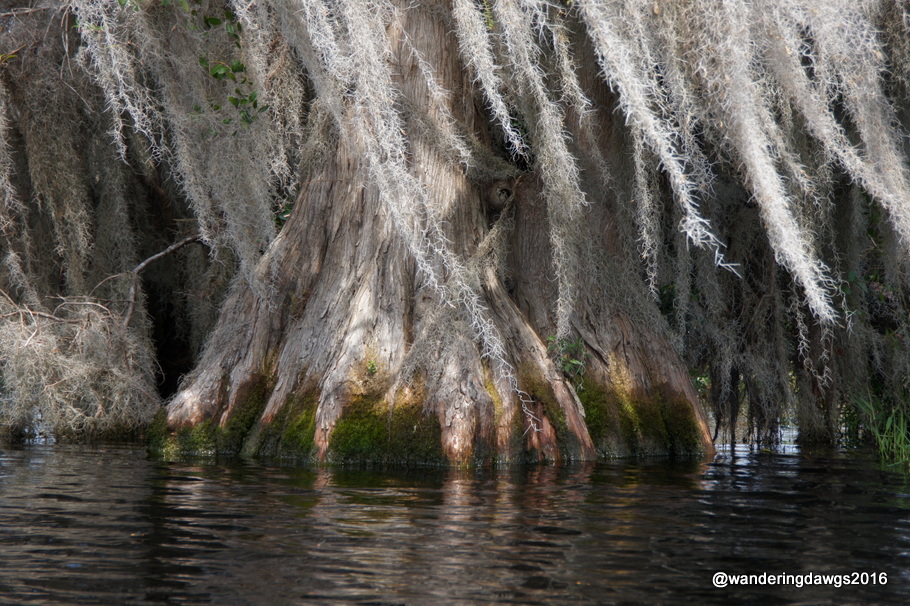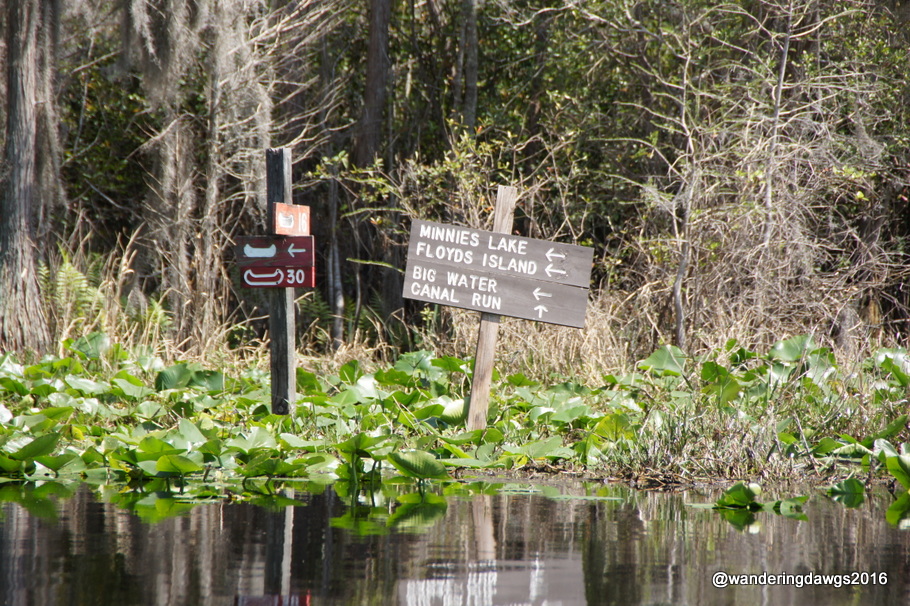For this challenge Ann-Christine has asked us “where or what is our hideaway”. Her description of hideaway says “A Hideaway, is a place to which a person can retreat for safety, privacy, relaxation, to seek seclusion or refuge.”
When I am at home I can hideaway for a few moments by getting out in nature or by reading a book. But for me, a true hideaway is a wilderness area far away from civilization, somewhere with no robo calls, internet, or other interruptions.
Three of my favorite destinations immediately came to mind – the Okefenokee National Wildlife Refuge in south Georgia, Denali National Park in Alaska, and Everglades National Park in Florida. Although these are three unique protected wilderness areas, what they have in common is that they are miles away from civilization and the wildlife is free to roam.

Of these three areas, the closest to my home is the Okefenokee Swamp. When we get to the end of the 17 mile road from the main highway and arrive at Stephen C. Foster State Park I feel like I am in another world. This image and the one at the top were both taken in the Okefenokee National Wildlife Refuge near Fargo, Georgia.

To the lover of wilderness, Alaska is one of the most wonderful countries in the world.
John Muir

There are no other Everglades in the world. They are, they have always been, one of the unique regions of the earth; remote, never wholly known. Nothing anywhere else is like them.
Marjory Stoneman Douglas
Thanks to Ann-Christine for this week’s Lens-Artists Photo Challenge #119: Hideaway.
















































